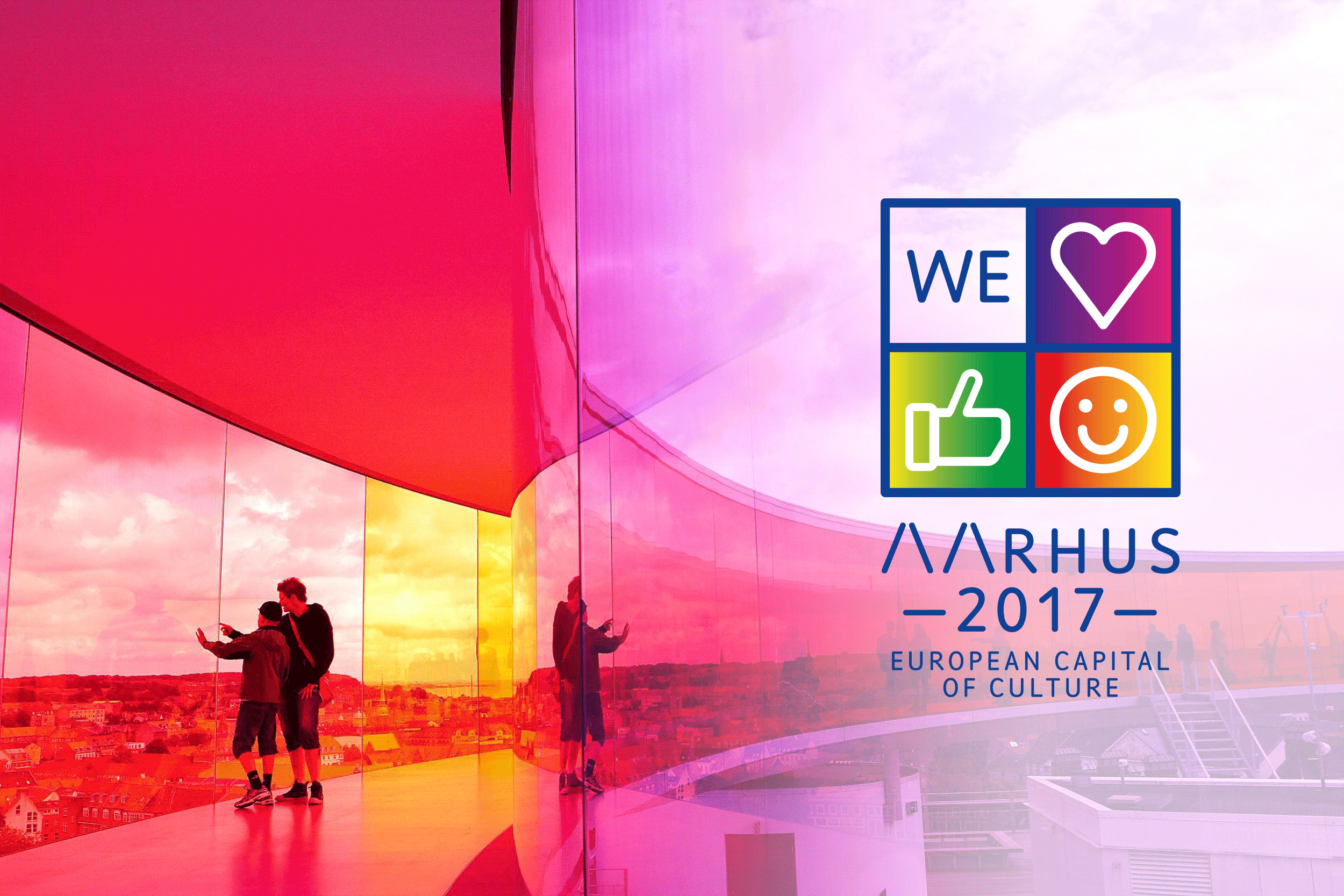Aarhus 2017
Rethink and Transform
Culture around the world is changing. The way we interact with each other, the challenges that business and individuals are facing in a globalised world, where the concepts of education, social security, family or work are evolving quickly too, and moving along in a society where innovation and sustainability go together as a part of a bigger conversation.
When the Danish city of Aarhus was named European Capital of Culture of 2017, they accepted this honour by inviting everyone to take part in creating that change through art and culture. A change that required for everyone to find new solutions to those challenges. Let’s Rethink.
As a part of a two-year plan, Aarhus wanted to show the heritage of the Danish art and culture by looking at the future with a contemporary approach. From the Vikings to the newest architecture, Aarhus 2017 was designed to show the world the complexity of the Danish society while improving the visibility of the region both in Denmark and Europe.
A whole city rebranded. During 2016 the focus was put on building up the buzz necessary to make people feel excited about what was coming. Through a huge press launch, a completely illustrated visitor’s map, different print and digital adverts and a clock in the city centre counting down to 2017 among other things, people from Denmark started to familiarised with Aarhus 2017 brand and imagery.
A collaborative effort. Things didn’t slow down in 2017, with every day throwing up a new challenge. This was a collaborative project that required fast creative input from content, design and events teams together, to bring always an unforgettable experience in an efficient way. From events, to poster campaigns, animations, small identity projects, and even an enormous, book-shaped digital screen. Every single piece needed to be consistent with the brand, without being predictable. The idea was to bring that element of familiarity but without forgetting the ‘Let’s Rethink’ tag and the challenge the city was looking for.




















